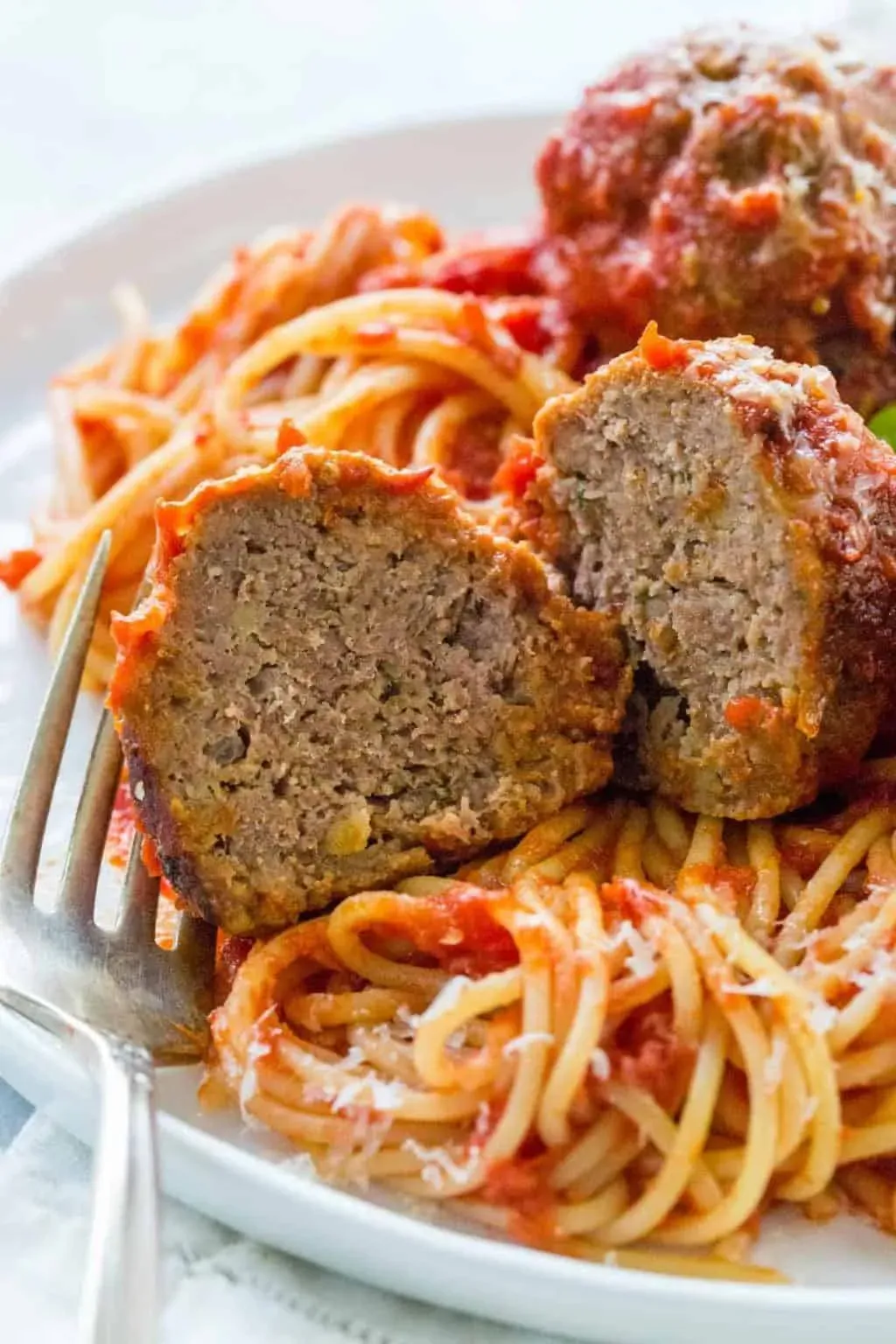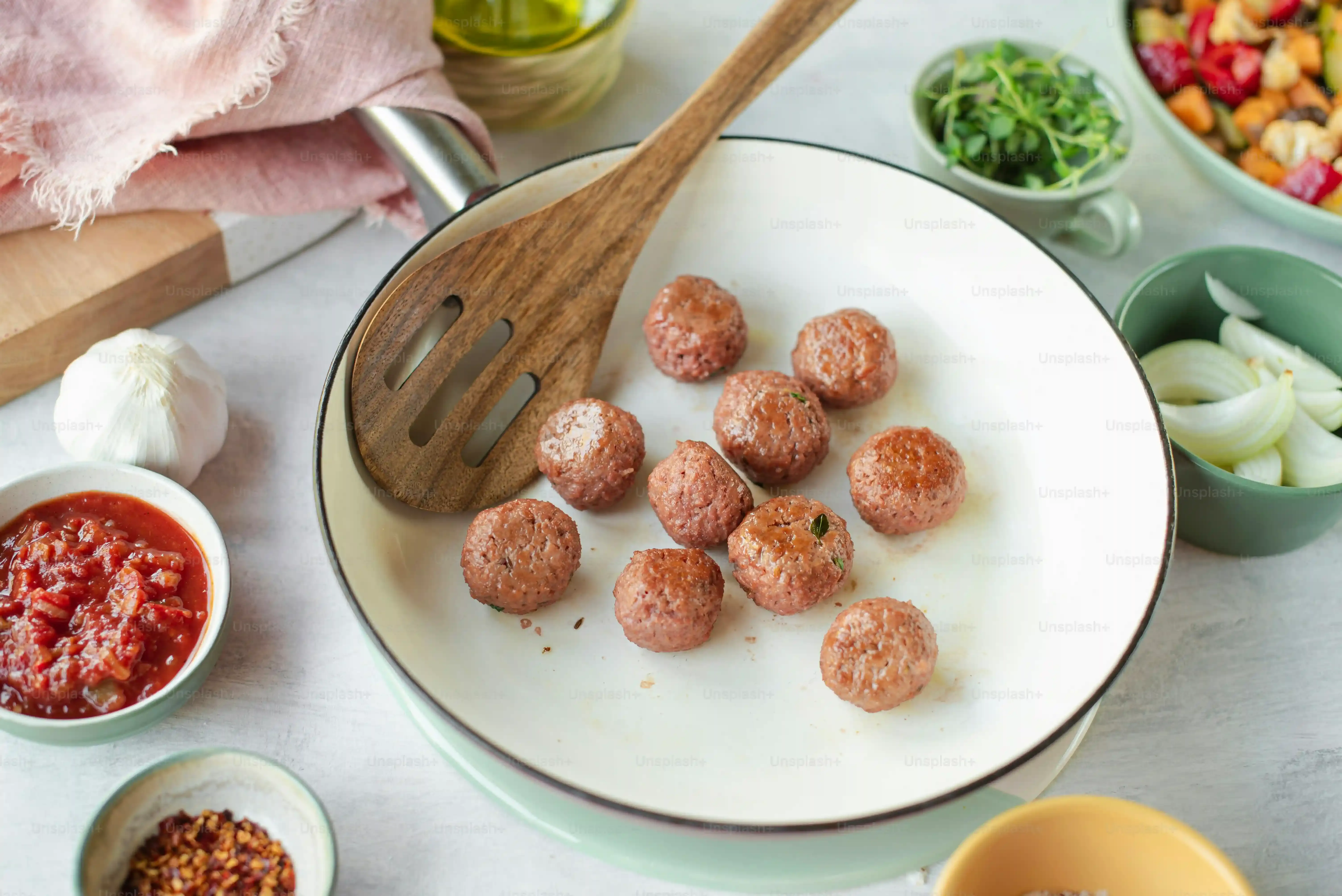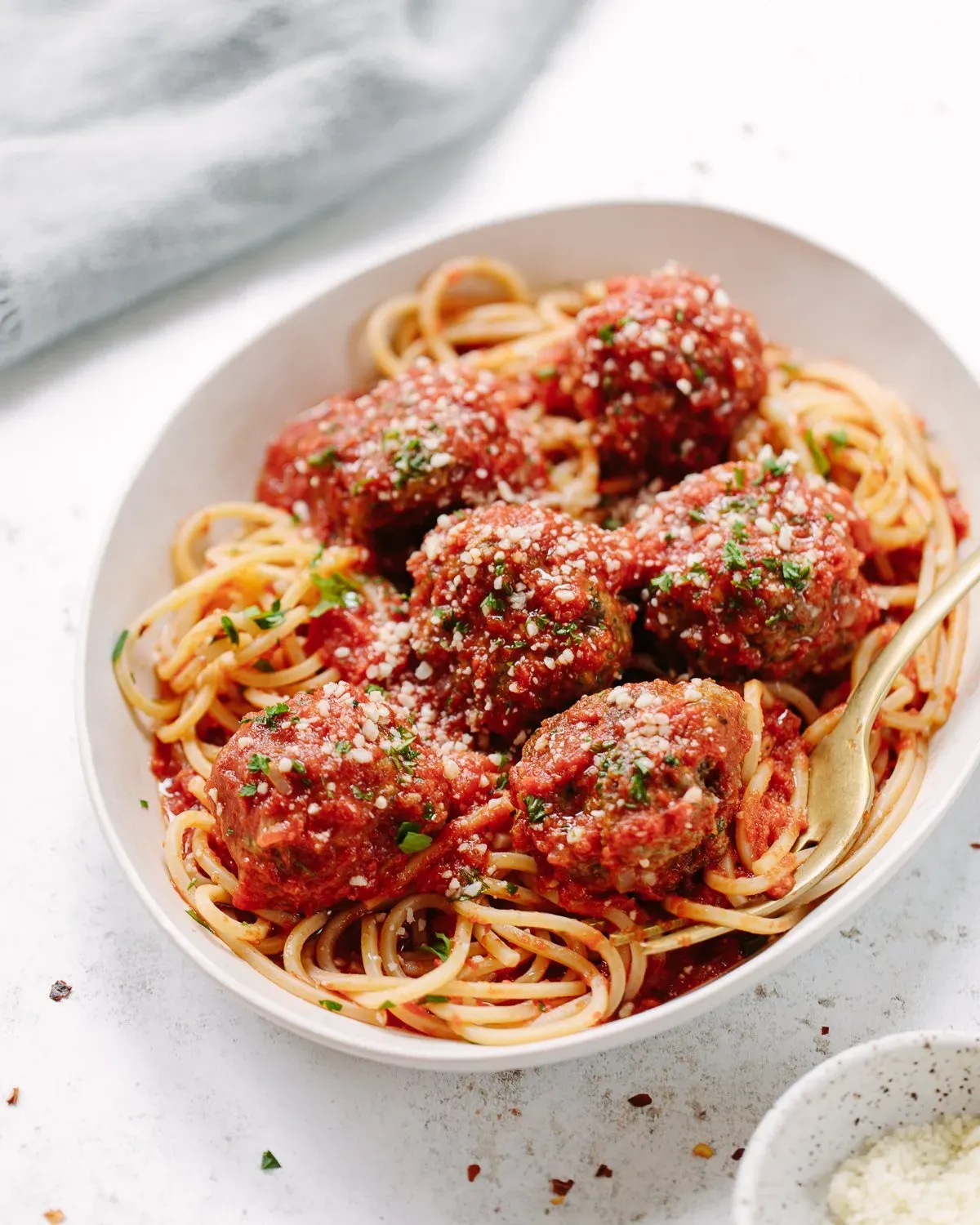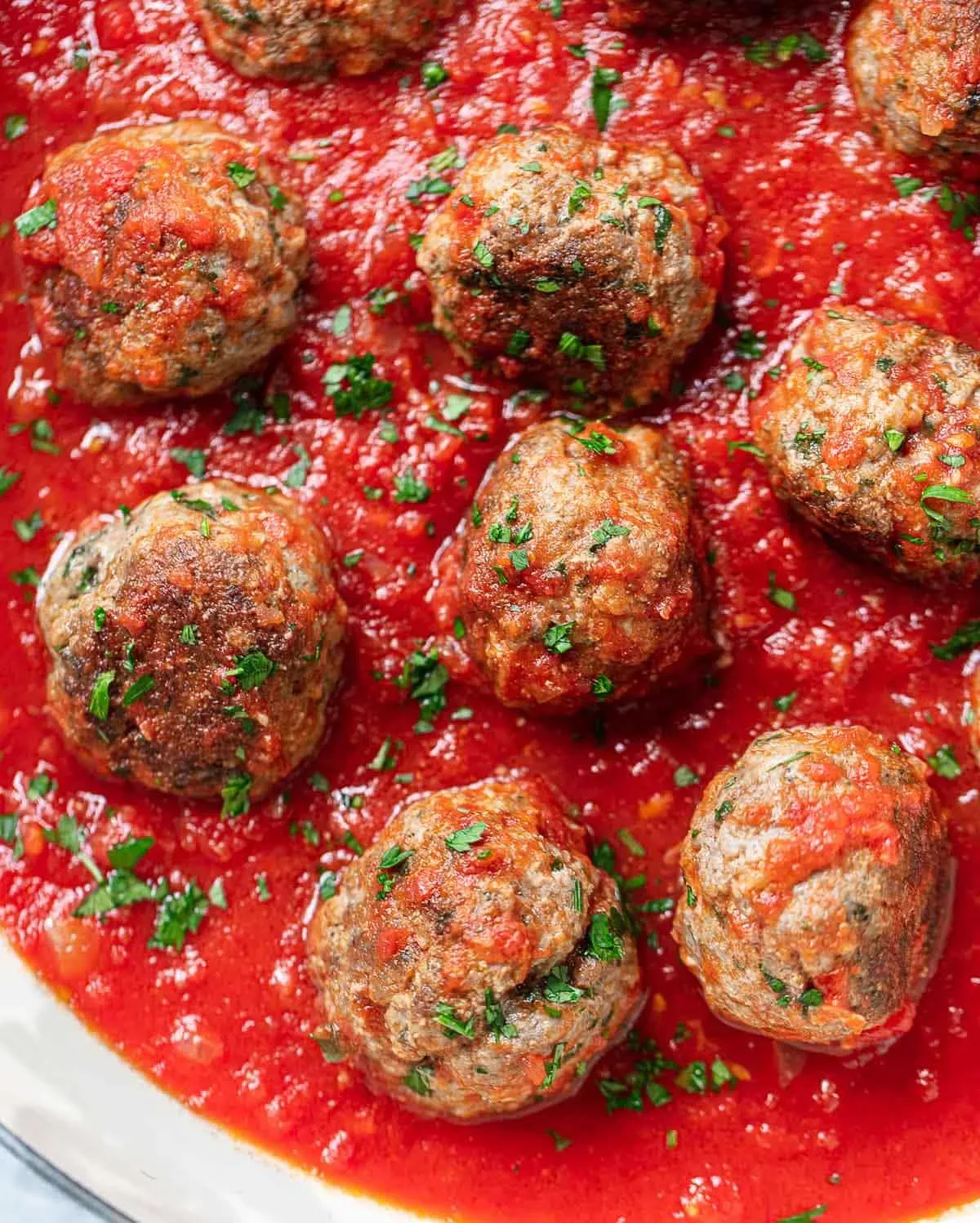Table of Contents
Everyone claims their nonna had the secret to the ultimate meatball. You've probably tried a few recipes, maybe even one or two that promised the earth but delivered something closer to dry golf balls. Let's be honest, finding the *actual* best italian meatball recipe from italy feels like chasing a culinary unicorn. It's a dish steeped in tradition, regional variations, and fierce family pride. Forget the bland, oversized spheres drowning in jarred sauce you find in some places. We're talking about tender, flavorful bites that tell a story with every mouthful.
What Defines the Best Italian Meatball Recipe from Italy?

What Defines the Best Italian Meatball Recipe from Italy?
Texture and Tenderness
Look, nobody wants a meatball that feels like a rubber ball bounced off a brick wall. The hallmark of the best italian meatball recipe from italy isn't just flavor; it's how it melts in your mouth. This isn't achieved by chance. It's about the right mix of meats, often pork and beef, and crucial additions like stale bread soaked in milk, or sometimes ricotta, which keeps things moist. Overworking the mixture is a cardinal sin. You want to handle it gently, like you're tucking in a baby, not kneading pizza dough. A truly great meatball is tender enough to cut with the side of a fork, no knife required.
Flavor Depth, Not Overpowering Spice
Forget throwing in every herb and spice in the cabinet. An authentic Italian meatball sings with simple, quality ingredients. We're talking fresh parsley, a hint of garlic (used judiciously, not like you're warding off vampires), maybe some Parmesan cheese for that savory depth. The meat flavor should be the star, complemented by the other elements, not buried under an avalanche of dried herbs. The best italian meatball recipe from italy builds flavor in layers, often benefiting from simmering slowly in a simple tomato sauce, allowing the flavors to meld beautifully.
Size and Purpose
Let's clear something up: traditional Italian meatballs, especially those meant for simmering in sauce, aren't the size of baseballs. They're typically smaller, maybe golf ball or even walnut-sized. This ensures they cook through evenly and absorb the sauce properly. Their purpose isn't usually to be eaten alone as an appetizer, though they certainly can be. They are often a component of a larger dish, like Sunday gravy with pasta, or served with polenta. Understanding their role dictates their size and texture, setting apart the best italian meatball recipe from italy from its Americanized cousins.
Building Blocks: Key Ingredients for Authentic Italian Meatballs

Building Blocks: Key Ingredients for Authentic Italian Meatballs
Alright, let's talk about what actually goes into making the best italian meatball recipe from italy. It's not rocket science, but there are a few non-negotiables. First up, the meat. A blend is key – typically ground beef and pork. The beef brings that robust flavor, while the pork adds fat and tenderness. Don't skimp on the fat content; lean meat makes dry meatballs, and dry meatballs make sad people. Then comes the binder, and this is where things get interesting and often debated. Stale bread soaked in milk (a "panade") is classic, providing incredible tenderness. Some folks swear by ricotta cheese for moisture and a creamy texture. Eggs are usually in the mix too, helping everything hold together. Freshly grated Parmesan cheese is essential for that salty, umami punch. And for aromatics? Fresh parsley is a must, and a little finely minced garlic goes a long way – remember, subtle is better than overpowering.
The Method: Mixing and Shaping Your Italian Meatballs

The Method: Mixing and Shaping Your Italian Meatballs
Getting Your Hands Dirty (Gently)
you've got your beautiful pile of ingredients ready. Now comes the fun part, or the slightly messy part, depending on your perspective. When mixing the meatball mixture for the best italian meatball recipe from italy, the absolute key is *gentleness*. Dump everything into a large bowl – the meat blend, the soaked bread (or ricotta), the eggs, cheese, parsley, garlic, salt, and pepper. Now, use your hands. Yes, your clean hands. Avoid using a spoon or paddle mixer if you can help it. You want to combine the ingredients just until they are incorporated. Overmixing develops the proteins in the meat, making the meatballs tough. Think of it like folding ingredients together, not kneading bread dough. My nonna used to say, "Treat the meat like a newborn baby; handle it with care." She wasn't wrong.
Finding the Right Consistency
After a gentle mix, the mixture should feel cohesive but not dense. It shouldn't be too wet, or the meatballs won't hold their shape, but it definitely shouldn't be dry and crumbly. If it feels a little too wet, you can add a touch more breadcrumbs (dry this time, maybe Panko for lightness, though traditionalists might scoff). If it feels too dry, a splash more milk or even a little broth can help. A good test is to form one small test ball. Does it hold together without cracking? Does it feel relatively light in your hand? That's the consistency you're aiming for. Some recipes call for refrigerating the mixture for an hour at this point, and honestly, it helps. It gives the flavors time to meld and makes the mixture firmer and easier to handle for shaping.
- Use a light touch when mixing ingredients.
- Combine just until incorporated, no more.
- Mixture should be moist but hold its shape.
- Adjust consistency with dry breadcrumbs or a liquid splash.
- Consider chilling the mixture before shaping.
Rolling Them Just Right
Now for shaping. As mentioned before, for the best italian meatball recipe from italy intended for sauce, think smaller. Walnut-sized or golf ball-sized is perfect. Grab a small amount of the mixture and roll it gently between your palms. You want them to be round and relatively uniform in size so they cook evenly. Don't pack them too tightly; this goes back to avoiding toughness. A light touch is your friend here. Some people lightly wet their hands to prevent sticking, which can help. Place the formed meatballs on a baking sheet (lined with parchment paper for easy cleanup, because who needs more dishes?). Don't crowd them; give them a little space so they can brown nicely.
Heat Treatment: Baking for Tender, Juicy Italian Meatballs

Heat Treatment: Baking for Tender, Juicy Italian Meatballs
Baking for Tenderness
so you've got your perfectly shaped, walnut-sized meatballs lined up on the baking sheet. Now, about cooking them. Traditionally, meatballs were often fried, and sure, that gives them a nice crust. But if you're aiming for the tender, juicy core that defines the best italian meatball recipe from italy, baking is often the smarter move. It allows them to cook through gently and evenly without drying out, and frankly, it's a lot less messy than splattering hot oil everywhere. Crank your oven up to a relatively hot temperature, like 425°F (220°C). This high heat helps them brown nicely on the outside while the inside stays moist. Pop them in for about 15-20 minutes. You're looking for them to be browned all over and cooked through – cut one open to check if you're unsure. No pink inside, please.
- Baking offers even cooking and less mess.
- Use a hot oven (around 425°F or 220°C).
- Bake for 15-20 minutes, or until browned and cooked through.
- Always check the internal doneness.
Serving and Storing Your Culinary Triumph

Serving and Storing Your Culinary Triumph
The Grand Entrance: Serving Your Meatballs
Alright, you've done the work. You've crafted these beautiful, tender meatballs, the ones that are vying for the title of the best italian meatball recipe from italy in your kitchen. How do you serve them? The classic move is simmering them gently in a simple, homemade tomato sauce. Don't just dump them in cold sauce; warm the sauce first, then add the baked meatballs and let them hang out for at least 30 minutes, preferably longer, over low heat. This allows them to soak up that delicious sauce and become even more tender. Serve them over your favorite pasta – spaghetti, rigatoni, or even polenta. A sprinkle of fresh Parmesan and maybe some extra chopped parsley on top? Chef's kiss. They are also killer stuffed into a crusty roll for a meatball sub, though some purists might raise an eyebrow.
Holding Onto the Goodness: Refrigerator Storage
Let's be real, unless you're feeding a small army, you'll likely have leftovers, which is honestly a win. These meatballs often taste even better the next day after the flavors have had more time to get acquainted. Once they've cooled down completely, stash them in an airtight container. You can store them in their sauce, which helps keep them moist, or separately if you prefer. They'll happily hang out in the refrigerator for up to four days. Just make sure they're sealed well so they don't pick up any weird fridge smells. Reheating is simple: gently warm them in their sauce on the stovetop or pop them in the microwave. Avoid blasting them with high heat, which can make them tough.
- Store cooled meatballs in an airtight container.
- Keep them in sauce or separately.
- Refrigerate for up to 4 days.
- Reheat gently on the stovetop or in the microwave.
Planning Ahead: Freezing for Future Feasts
Want to have the makings of the best italian meatball recipe from italy ready on a weeknight? Freezing is your friend. You can freeze baked meatballs either with or without sauce. If freezing without sauce, let them cool, then arrange them in a single layer on a baking sheet and pop it in the freezer until they're solid. This prevents them from sticking together. Once frozen, transfer them to a freezer-safe bag or container, squeezing out as much air as possible to prevent freezer burn. If freezing with sauce, just put the cooled meatballs and sauce into a freezer-safe container. They'll keep in the freezer for up to three months. To reheat from frozen, the best way is to thaw them in the refrigerator overnight and then heat gently in sauce. You can also add frozen meatballs directly to simmering sauce, just know it will take longer for them to heat through.
Mastering the Art of the Italian Meatball
So, you've navigated the nuances, understood the importance of the right mix, and given baking a shot. Landing on the *absolute* best italian meatball recipe from italy is subjective, of course – ask any ten Italians and you'll get twelve different answers. But by focusing on quality ingredients, proper technique, and that crucial rest period, you're miles ahead of the dry, flavorless imposters. These aren't just meatballs; they're small, savory projects. Keep practicing, keep tweaking, and soon enough, you'll have a batch you're truly proud to serve.